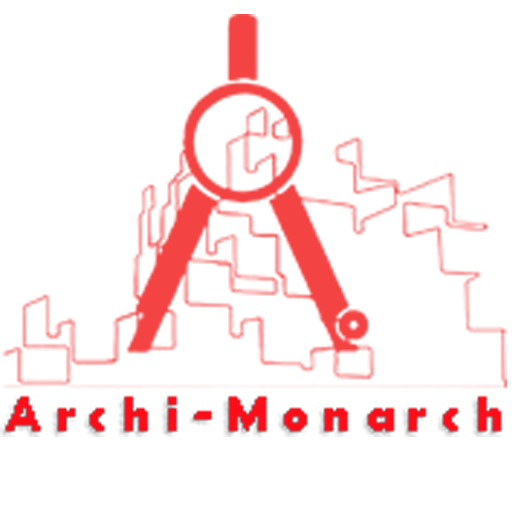Grills in architecture are typically used as decorative elements or as ventilation openings in walls or doors. They can be made from a variety of materials, such as wood, metal, or plastic, and can be simple or intricate in design. Grill design can vary greatly depending on the style of the building and the desired aesthetic.
Some common design elements of grills include patterns, shapes, and symbols. Grills can also be functional, serving as a barrier to keep out pests or providing privacy while allowing light and air to pass through.
If you want to know about the submission drawing or ramp detail or standard detail, please click the link.
Image of grill design detail and downloadable (in DWG) link below

Grills design detail drawing – 3
Grills design detail drawings are technical drawings that show the specific design of a grill in a building or structure. These drawings are typically used by architects, engineers, and contractors to understand the dimensions, materials, and construction methods of the grill.
A grills design detail drawing should include all necessary information to accurately represent the grill, including dimensions, materials, and any special features or details. It may also include notes or annotations to provide additional information about the grill or its installation.
Grills design detail drawings are an important part of the design and construction process, as they ensure that the grill is built to the correct specifications and meets all necessary building codes and standards.
Here are a few additional points about grills design detail drawings:
- Grill design detail drawings may be part of a larger set of architectural drawings, which can include plans, sections, and elevations of the building or structure.
- The scale of the drawing should be clearly indicated, as well as any other relevant details such as north direction or datum points.
- The grill design detail drawing should show the location of the grill in relation to other building elements, such as walls, doors, or windows.
- Material specifications should be clearly indicated on the drawing, including the type of material, finish, and any relevant technical characteristics.
- The drawing should also include any necessary dimensions, such as the size of the grill opening, the thickness of the material, and the spacing between elements.
- Special features or details of the grill design should be represented accurately on the drawing, such as patterns, shapes, or symbols.
- Any necessary installation details should be included on the drawing, such as mounting methods or hardware requirements.
Our tips to help you improve your architectural grill design detailing.
